Digital resurrection: fascination and fear over the rise of the deathbot
Ozzy Osbourne appeared as an AI-generated image at a recent Rod Stewart concert, prompting questions about how the ghoulish phenomenon will affect grieving
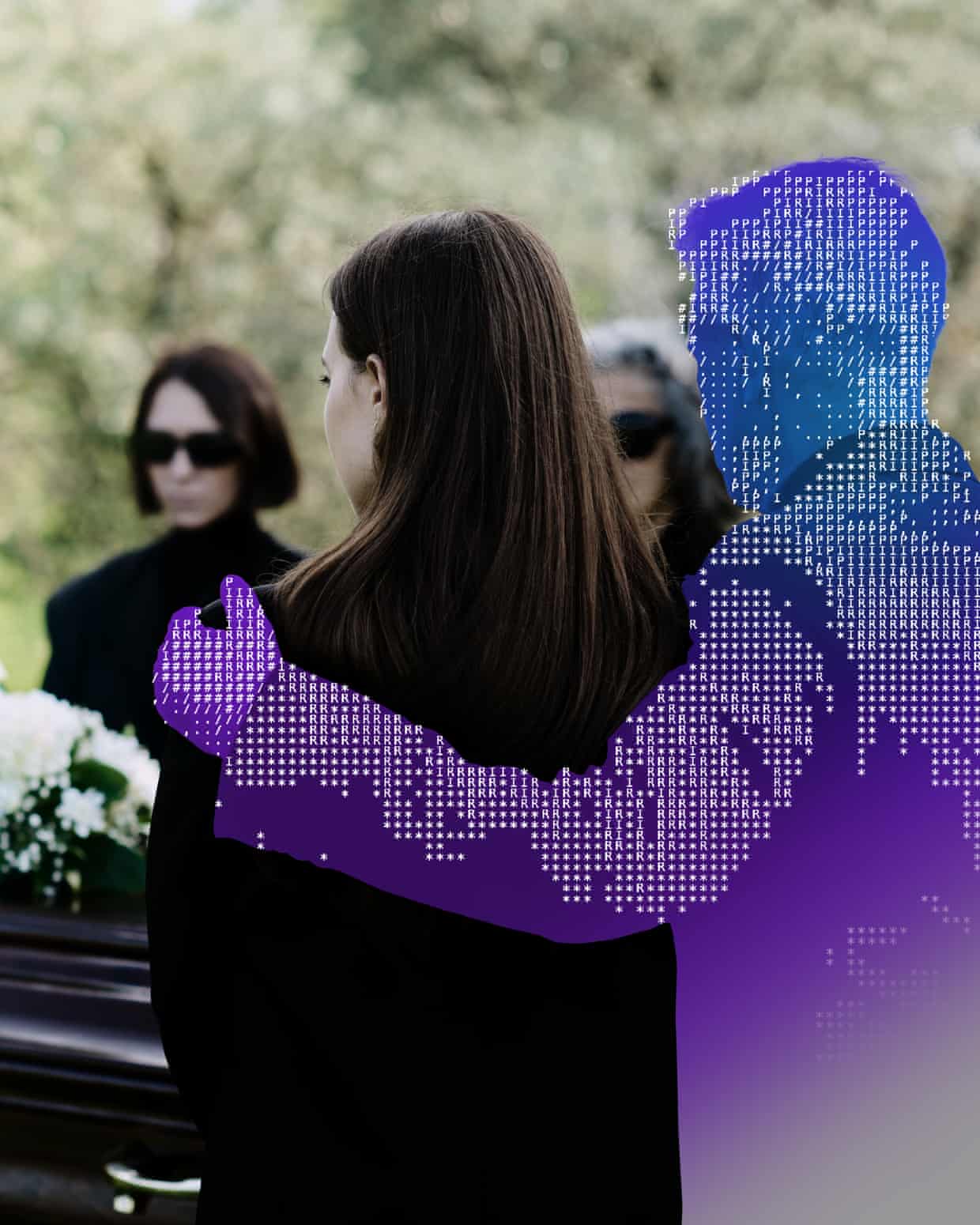
Ozzy Osbourne appeared as an AI-generated image at a recent Rod Stewart concert, prompting questions about how the ghoulish phenomenon will affect grieving

We can now create compelling experiences of talking with our dead. Is this ghoulish, therapeutic or something else again?

This article discusses the legal implications of a novel phenomenon, namely, digital reincarnations of deceased persons, sometimes known as postmortem avatars, deepfakes, replicas, holographs, or chatbots.
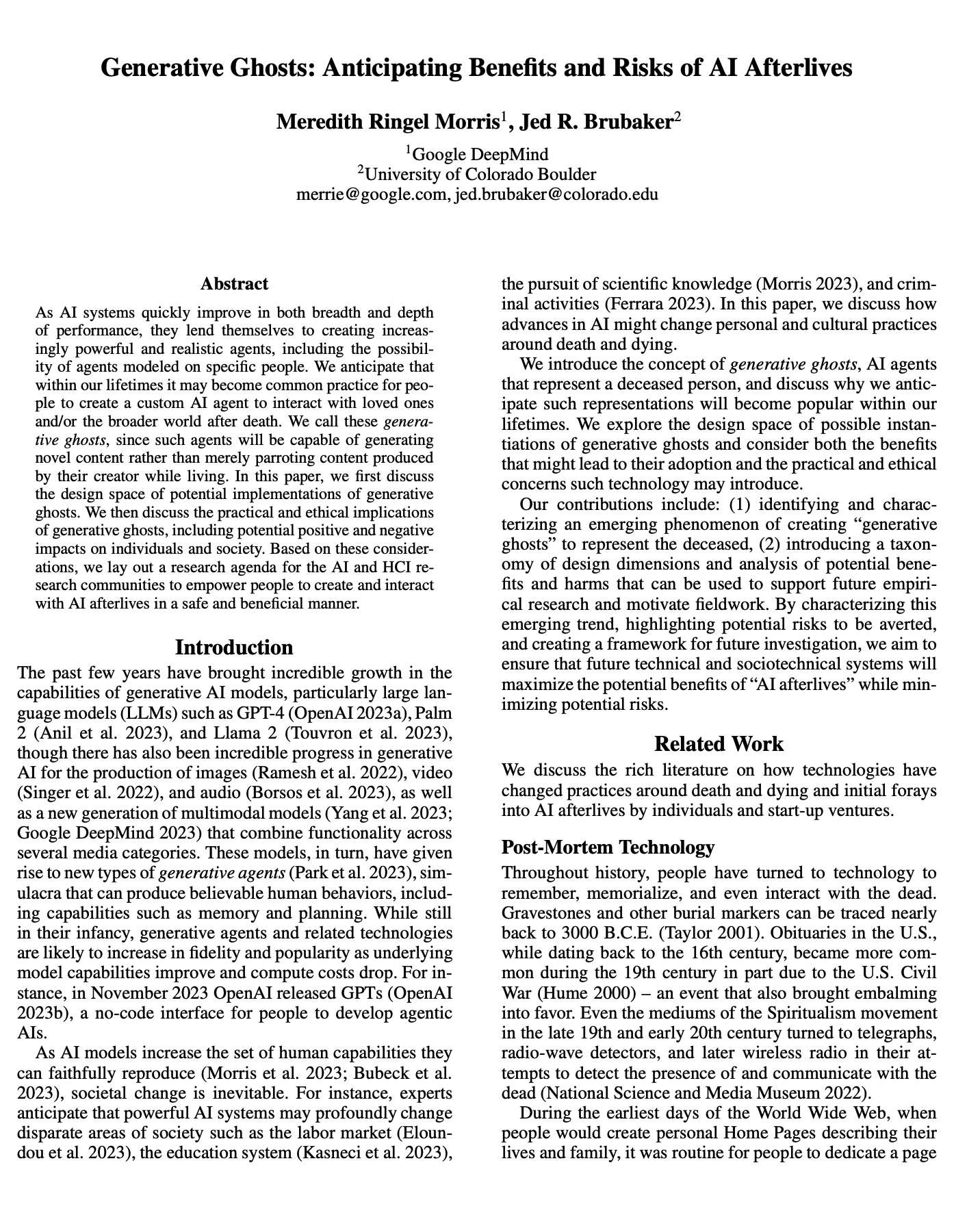
As AI systems quickly improve in both breadth and depth of performance, they lend themselves to creating increasingly powerful and realistic agents, including the possibility of agents modeled on specific people. We anticipate that within our lifetimes it may become common practice for people to create a custom AI agent to interact with loved ones and/or the broader world after death.

There have been several posts about people hoping to use Al / GPT to talk to loved ones who passed away. First off I just want to start by saying I get it. I really do. About 3 years ago, somewhat before the Al and chat GPT took off, my father had a sudden stroke and died.
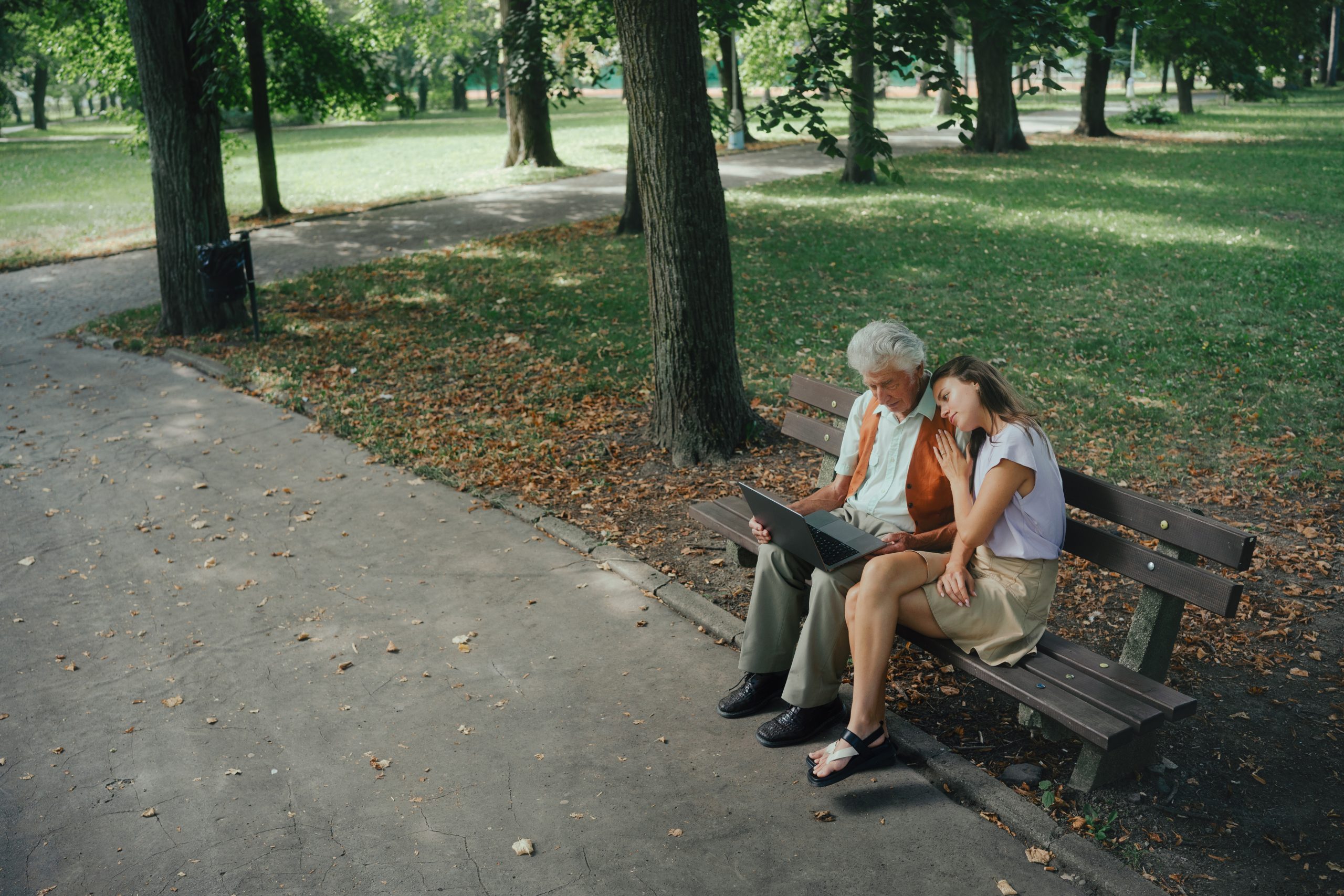
“How would you feel about Daddy and me turning into ghostbots?” I asked this peculiar question to my two children after reading about “grief tech,” the latest wonder child of artificial intelligence that allows the living to remain digitally connected to the dead through “ghostbots.”
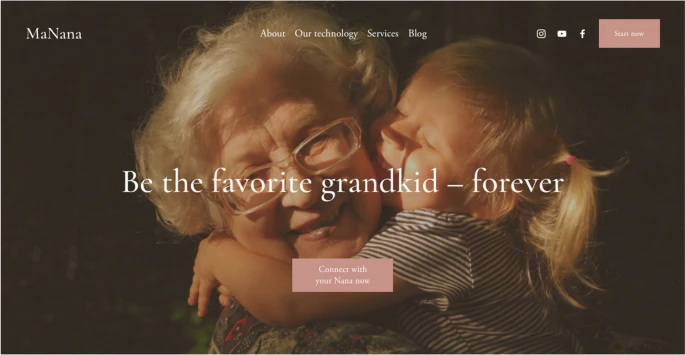
To analyze potential negative consequences of adopting generative AI solutions in the digital afterlife industry (DAI), in this paper we present three speculative design scenarios for AI-enabled simulation of the deceased.
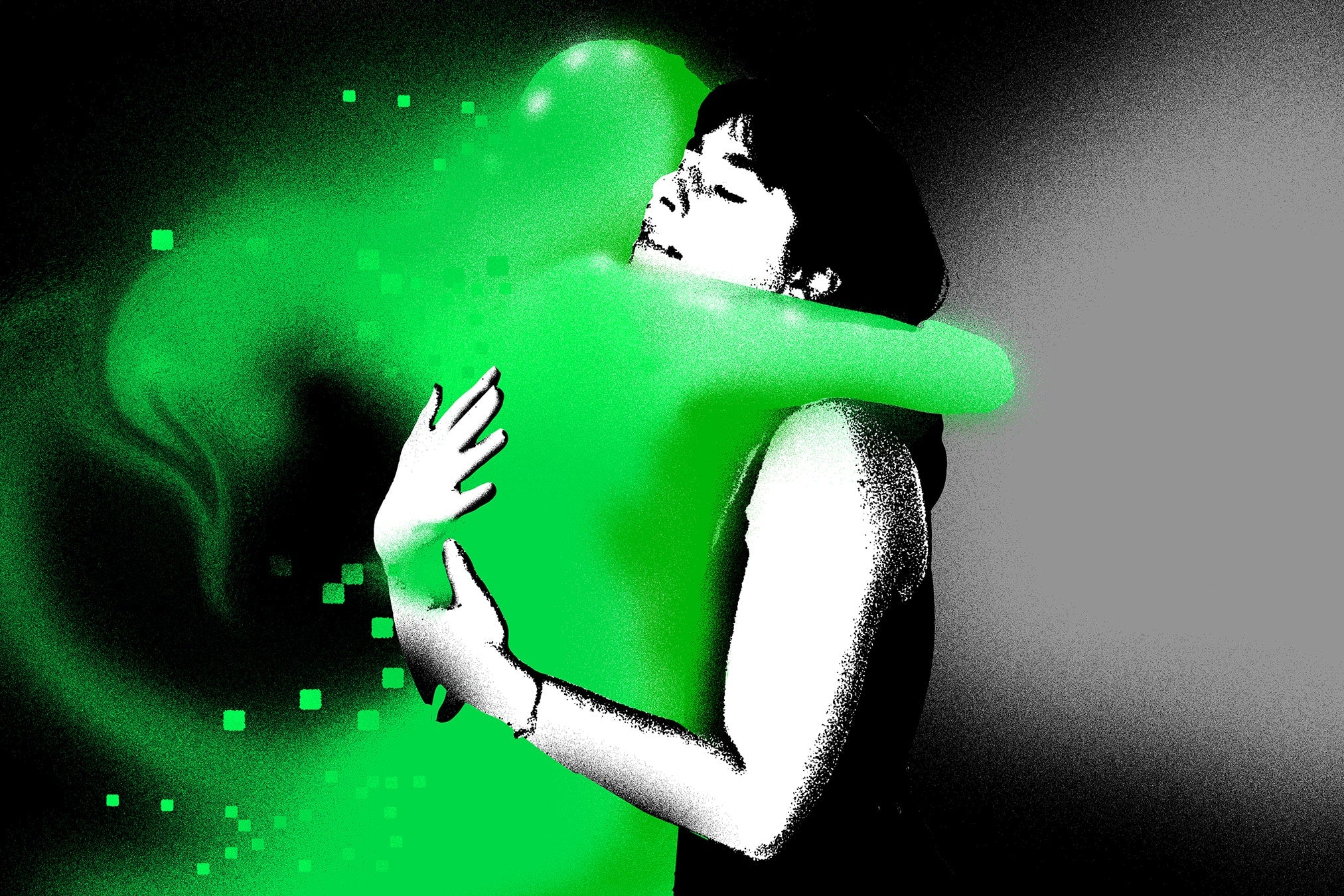
Chinese users are reconnecting with dead loved ones by speaking to their AI avatars. Some people have purchased chatbots to cover up family members’ deaths. With state controls on religion, and a lack of bereavement support options, AI chatbots provide consolation and comfort.

Various commercial products known as “griefbots” create a simulation of a lost loved one. Built on artificial intelligence that makes use of large language models, or LLMs, the bots imitate the particular way the deceased person talked by using their emails, text messages, voice recordings, and more.

There has been a surge in the number of people sharing their stories of using ChatGPT to help say goodbye to loved ones. People are turning to chatbot impersonations of lost loved ones to help them grieve. Will AI help us live after we’re dead?

There is a growing number of new digital technologies mediating the experiences of grief and the continuing bonds between the bereaved and their loved ones following death. One of the most recent technological developments is the “griefbot”.
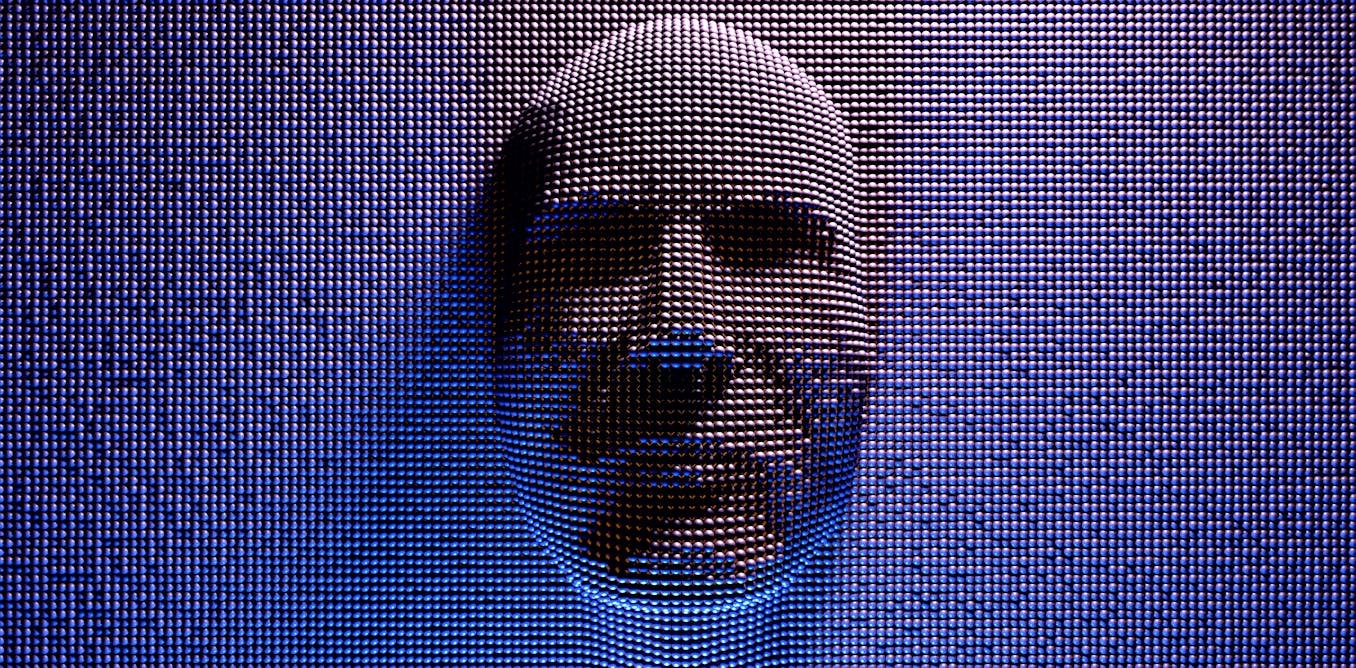
It was recently revealed that in 2017 Microsoft patented a chatbot which, if built, would digitally resurrect the dead. Using AI and machine learning, the proposed chatbot would bring our digital persona back to life for our family and friends to talk to.

Digital records, from chat transcripts to social media posts, are being used to create chatbots that recreate the conversational style of deceased individuals. Some maintain that this is merely a new form of digital memorial, while others argue that they pose a variety of moral hazards.

For months, he recorded his dying father's life story. Then he used it to re-create his dad as an AI. Alma Haser The first voice you hear on the recording is mine. “Here we are,” I say. My tone is cheerful, but a catch in my throat betrays how nervous I am.

When her best friend died, she rebuilt him using artificial intelligence
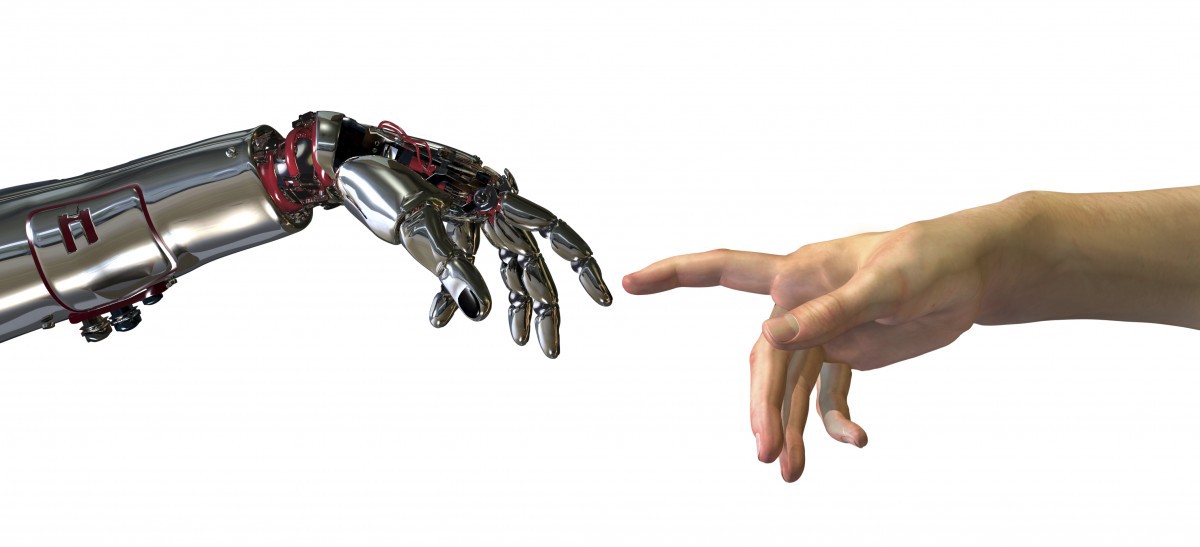
It’s been seven months since Emma died and two weeks since I started building a bot from her texts. I’m feeding every word she sent me into the system, every thought, every feeling. I just want five more minutes. Just want to talk to her one last time. To tell her.

After learning about a new service that lets people stay in touch with the deceased, a lonely, grieving Martha reconnects with her late lover.